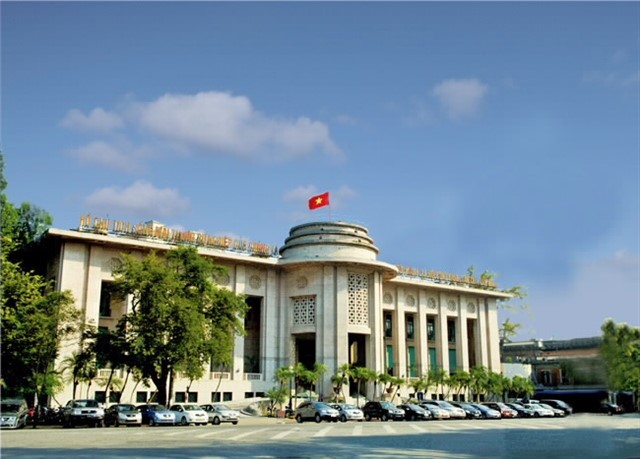The move was quite unexpected in the context that the peak payment period near the Lunar New Year has passed.

The State Bank of Vietnam (SBV) on Tuesday net injected more than VNĐ5 trillion into the banking system through the open market operation (OMO) channel to support capital for commercial banks.
Accordingly, during the SBV’s bid for lending more than VNĐ5.09 trillion on the OMO channel (the SBV’s lending channel through mortgaging valuable papers), a commercial bank borrowed all the above amount from the SBV with a term of seven days and an interest rate of 4 per cent per year.
This was the first time since the beginning of 2024 that the banking system needed such a large amount of money from the SBV. In January 2023, winning bids on the OMO channel were worth only VNĐ1-2 billion.
The move was quite unexpected in the context that the peak payment period near the Lunar New Year has passed.
In the interbank market, interest rates have also increased again after two sessions of deep decline. The latest data released by the SBV showed the average overnight interbank interest rate for đồng-denominated loans on February 19 this year increased to 1.41 per cent from 1.04 per cent at the end of last week. Along with the overnight term, interest rates at two other key terms also increased quite sharply, of which one-week term increased from 1.27 per cent to 1.6 per cent and two-week term increased from 1.39 per cent to 1.6 per cent.
The increase of interbank interest rates along with high transaction turnover showed that the demand for loans among commercial banks has remained large although the peak payment period near Lunar New Year has passed.
Previously, interbank interest rates continuously escalated in the days near Lunar New Year, of which overnight terms skyrocketed from 0.12 per cent per year on January 29, 2024 to 2.38 per cent on February 6 and 7, 2024, equivalent to a surge of nearly 20 times within just a week.
According to experts, interbank interest rates increased sharply at short terms mainly due to seasonality when payment demand increased near the Lunar New Year.
To support commercial banks with liquidity demands, the SBV always maintained bids in the OMO channel, and adjusted up the bidding term to 14 days in the period approaching the Lunar New Year holiday. However, during the period before the Lunar New Year, no banks needed the SBV's capital source. — VNS





